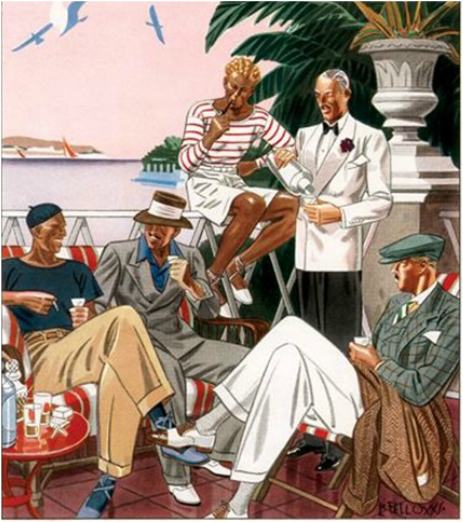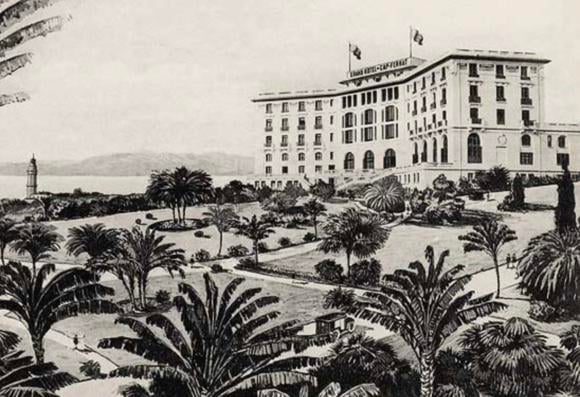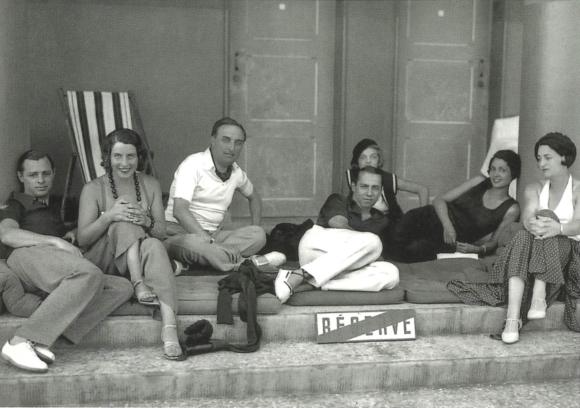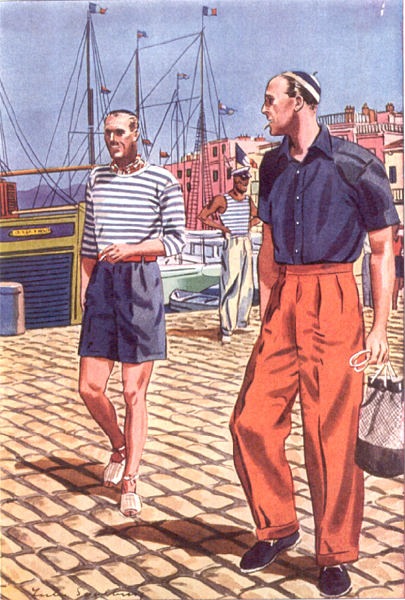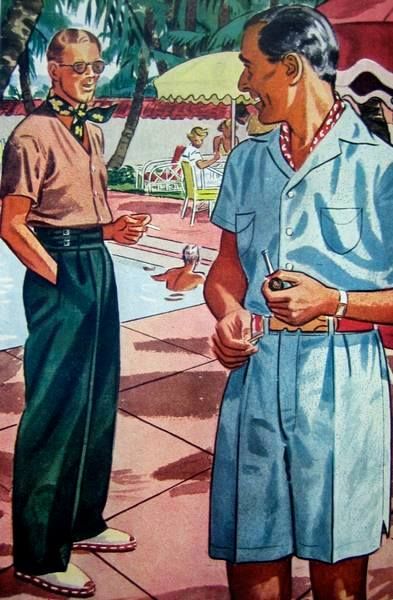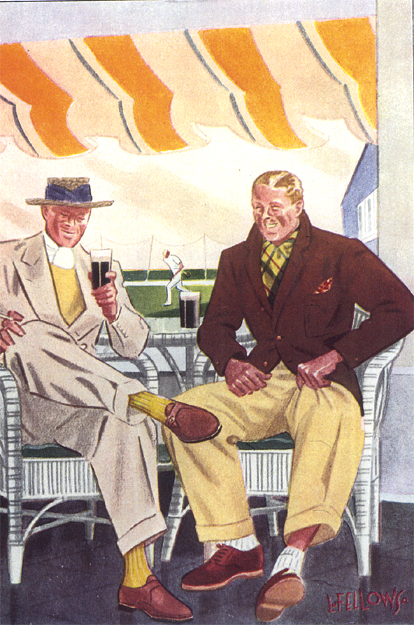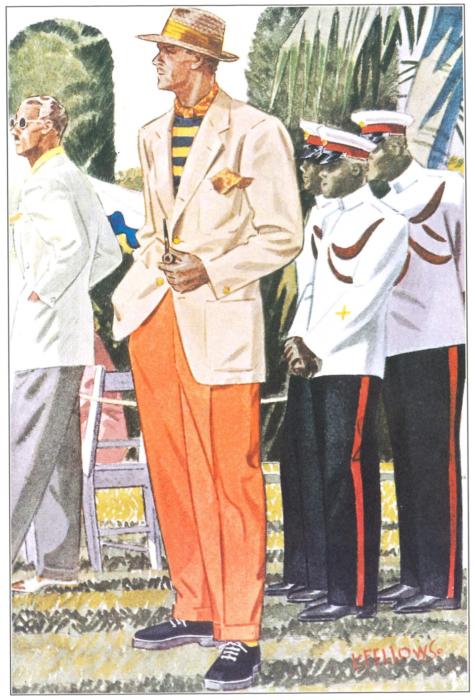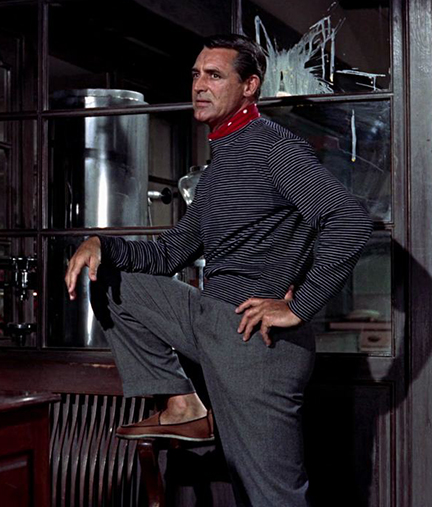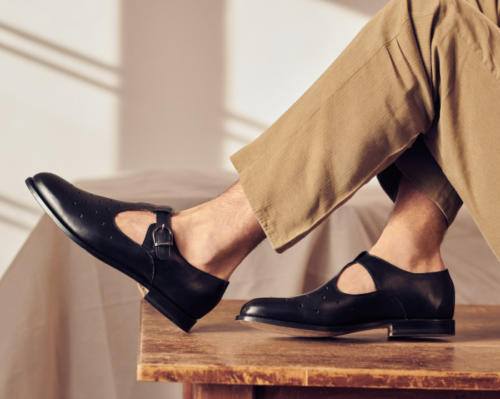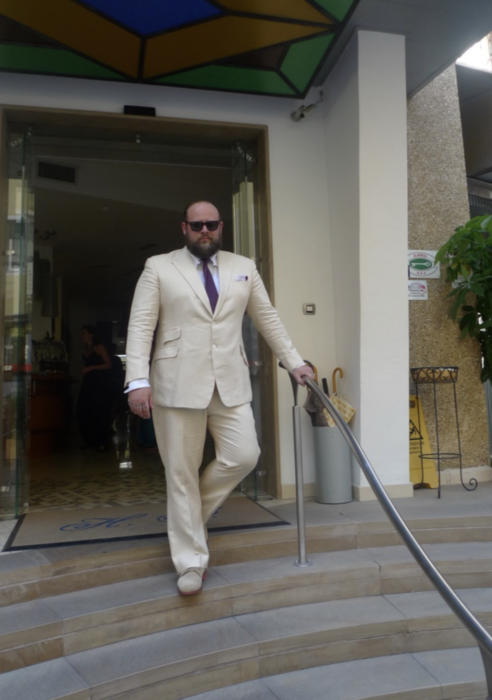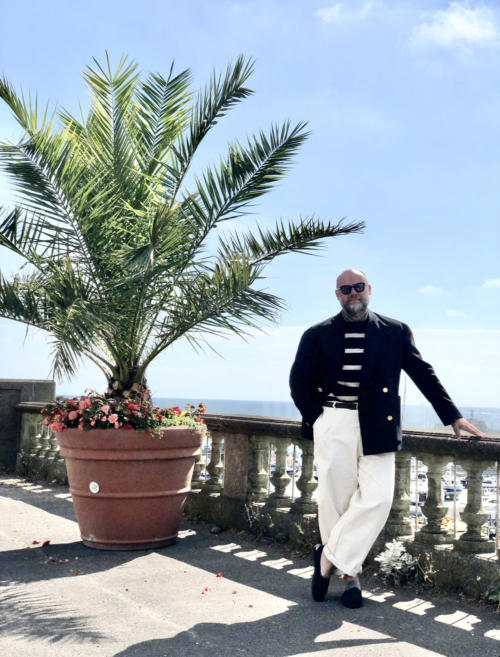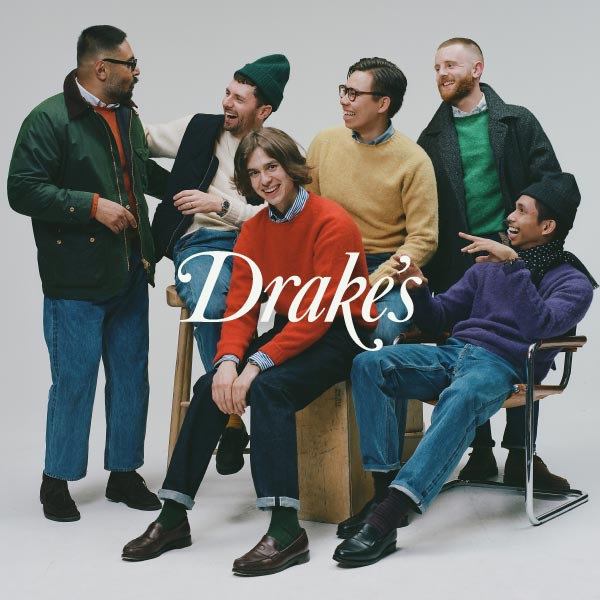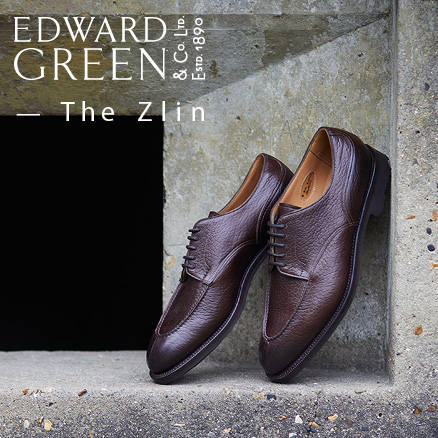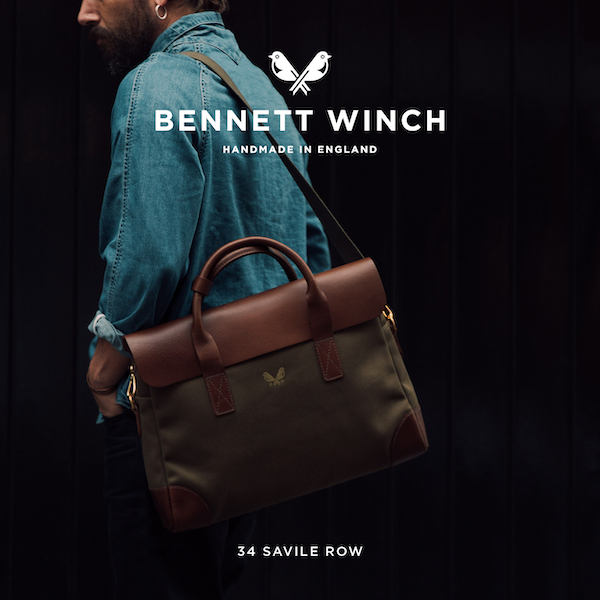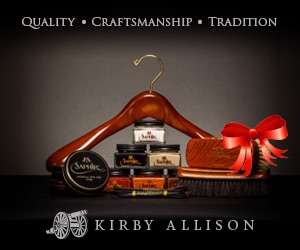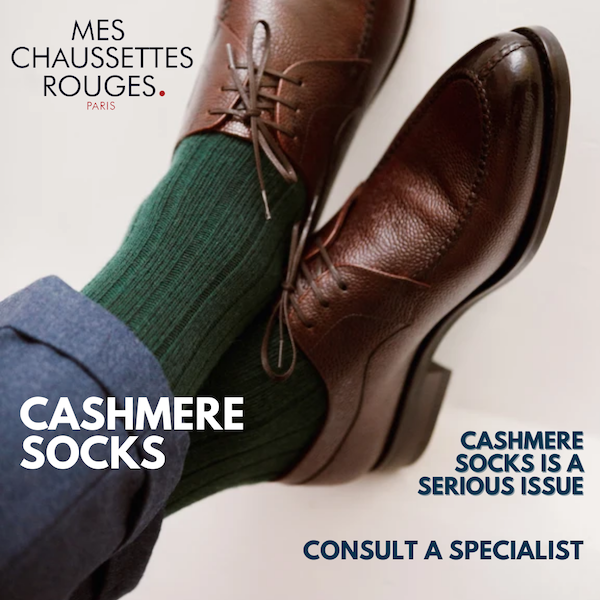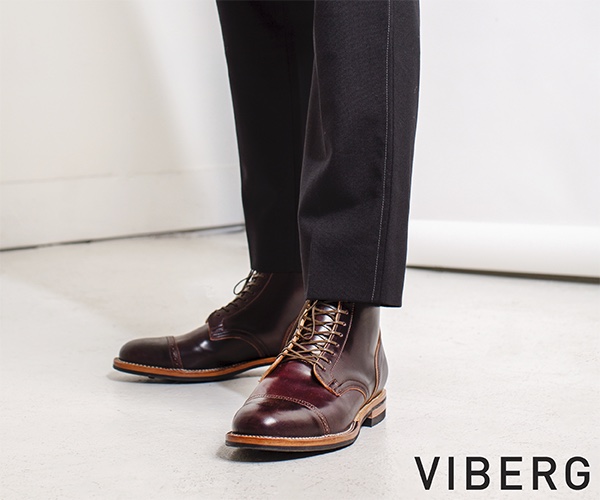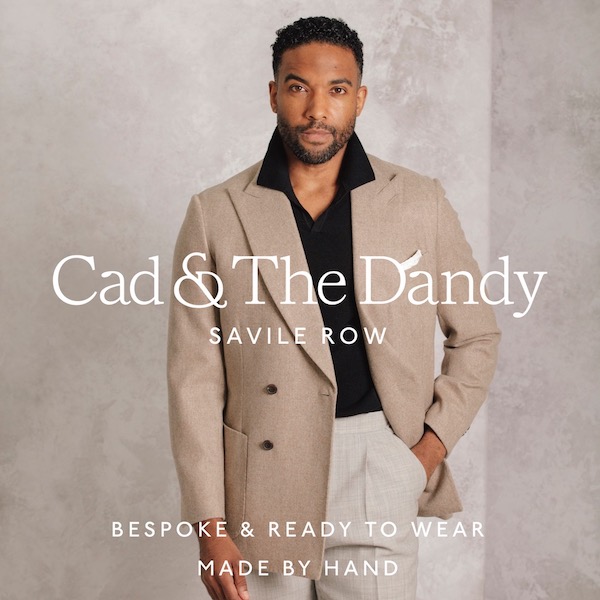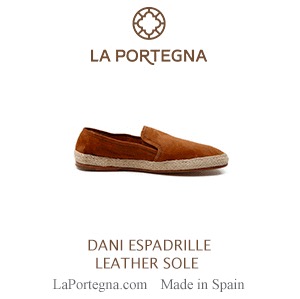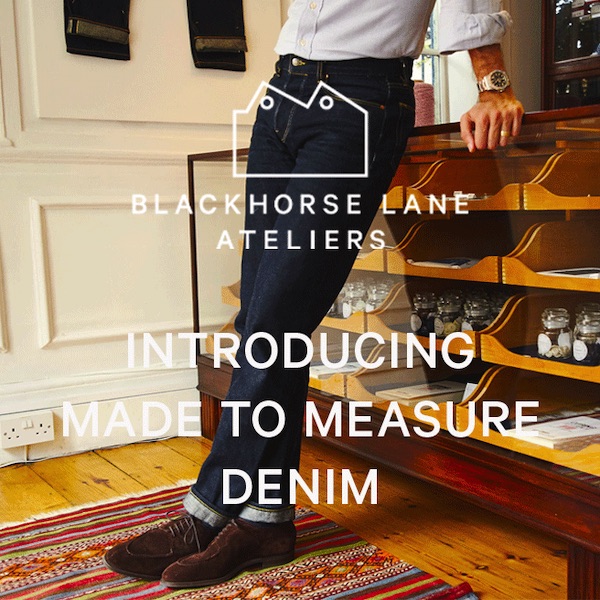By Tony Sylvester.
“On the pleasant shore of the French Riviera, about half way between Marseilles and the Italian border, stands a large, proud, rose-colored hotel. Deferential palms cool its flushed façade, and before it stretches a short dazzling beach.
“Lately it has become a summer resort of notable and fashionable people; a decade ago it was almost deserted after its English clientele went north in April.”
So begins F Scott Fitzgerald’s 1934 novel Tender Is The Night, his tale of American ex pats en residence amongst the palms, firs and golden beaches of the Cote D’Azur at the twilight of the Jazz Age - that fertile era of excitement and enchantment between the wars.
Almost a century later the term ‘Riviera’ still resonates: a shorthand for glamour and relaxed opulence that the novel helped foster, alongside Hemingway’s The Garden Of Eden, Sagan’s Bonjour Tristesse and others, and the nascent celebrity gossip industry that fed the public’s appetite with photos of the rich and famous at play.
What Fitzgerald says is correct. The hotel he fictionalised for the novel, The Hotel Du Cap in Cap d’Antibes, had always shut from May to September, following the vogue for the Riviera being a resort for wintering Brits.
They began popularising the benefits of winter sun there in the 1880s, following the arrival of the railway from Paris, extending the Victorian tradition of the healthy beach visit to further flung places.
Then in the mid-1920s, Cole Porter rented a chateau down the road from Hotel Du Cap for the summer, and the Americans started to arrive in force, intermingling with English aristos, Russian emigres, local artists and the cream of Paris society. This encouraged hotel owners to stay open for this faddish new endeavour.
Here we hand over to Farid Chenoune, the French menswear writer: “American socialites not only frequented Palm Beach, Newport, Nassau, et al but could also now be found on the French Mediterranean Coast where rich, sun seeking Europeans (notably English) vacationed during the interwar period. It was thus in the early 1930s that the Riviera became a fashionable spot for spring and especially summer holidays whereas in the past it had been a winter resort.
“In terms of the history of fashion, this shift represented the coming of age of summer as a fully fledged “season” in itself.” They were witnessing not only the birth of idea of the ‘summer season’ but also the invention of the clobber that went along with it.
As well as the tabloid press, we’re lucky that we have contemporary menswear publications such as the industry-targeted Apparel Arts and more customer-friendly Esquire, to give us an insight into what these new vacationers were wearing.
What’s interesting to me now is that 10 decades later, many of the clothes look not only modern, but thoroughly practical and sound. Not the whole outfits, of course, but pieces from each image.
As Chenoune goes on to explain, “Summer fashion spread from one spot to another, like pollen carried by a swarm of cosmopolitan bees. This explains its cross-bred, international nature, the product of rapid multiple borrowings from fishermen’s gears, sailors’ uniforms, sports clothing and colonial dress (both military and civilian). In this respect, summer clothing was already more modern than any other…”
I am fortunate to own a couple of summer issues of Apparel Arts from the period (1932 and 1933) and the contemporary resonance is striking. Apart from one-piece wool bathing suits, there is little that would be out of place in today’s holiday wear rotation. I would have added men’s lace-up espadrilles to the list, but that’s my particular preference.
Some of the pieces Chenoune lists are:
- Summer suiting(in seersucker, shantung, linen and ‘palm fibre’)
- Gaberdine, blazers, bush shirts(safari jackets)
- Polo shirts, sailor smocks
- And perhaps the only anachronism of the bunch, the ‘Spencer’ or mess jacket - essentially a dinner jacket cut short like a bolero, or a tailcoat without tails.
The key to referencing Riviera style today is probably maintaining a level of relaxed formality, while using cloth, colour and texture to demonstrate the difference from a workaday wardrobe - in a similar manner to the difference between a lounge suit and a dinner suit for example.
There are also clothes suited to the beach and sunbathing - shorts, trunks, flip-flops, but here I’m more concerned with dressing away from the water, for the day or evening.
The contemporary photographs of the day, the wealth of advertisement images in those magazines, and the evocative illustrations from the likes of Laurence Fellows and Robert Goodman can all be used to help build looks.
The first and perhaps most obvious choice is the selection of an odd jacket and trousers rather than a suit. This is perhaps the most striking change from the English holidaymakers of the late Victorian age to post-WWI travellers.
The English still holidayed in two-piece suits of linen or light wool, paired with starched collars, ties and dress shoes - so the only differences between their lounge suits in town and their holiday clothes were the lighter weight and paler palette. The swapping for odd jackets of visibly tactile and slubby cloths - raw silk, dry weave ‘Panama’ wools and even Terry cloth - made for an instantly visible leap forward.
This goes hand in hand with the other main trend: splitting colour across an outfit, instead of keeping a uniform tone. Darker jackets were suddenly paired with light trousers and vice versa.
This is seen most obviously in the illustrations of Fellows and Goodman, rather than the black and white photos of the day (an issue we encountered before in the PS article on colour and culture).
Fellows pairs coral trousers with ecru jackets, tan shirts with forest green slacks, as well as showing the more accepted maritime palette of navy with cream. Very few of the gents drawn are in a singular hue.
Other guidelines are similar to the idea of holiday-specific tailoring materials. Shirts should be specific and seasonal, not simply dress shirts unbuttoned. A band collar or open lido-collar work well in this department.
Similarly, while ties are restrictive and impractical the overall accord often misses that pop of colour and pattern. The most obvious answer is a silk or cotton scarf, which is best tucked behind the collar rather than sprawled out across the chest. Think Cary Grant in To Catch A Thief: his red-and-white neckerchief provides just enough visual lift behind the stripe of the round-neck matelot knit, without overpowering everything else.
For footwear, it’s possible to keep the benchmade quality but dial down the formality. Unlined loafers are the obvious choice, but I would make the case for closed-toe sandals as well.
Sadly, not many of the big names make them for men these days - Edward Green used to have the ‘Rangoon’ model and John Lobb the ‘Olympe’, but like most good things, they seem to have vanished.
While Cheaney, Church’s and Ralph Lauren still do versions, I was happy to see Ludwig Reiter add the ‘Triestiner’ model to their catalogue this summer, a closed-toe sandal on a particularly nice, elegant last in brown or black perforated calf. This is absolutely the ticket, worn socked or sockless, and I prefer the black colour myself - not the usual choice for summer months, but it does give me the most options across my wardrobe.
More casual footwear can be added, if approached with caution. Espadrilles are a strong candidate (Manesh’s piece was a nice in-depth look) and I’m rather fond of CVOs - cotton vulcanised oxfords, which appeared around the same pre-war time we’re referencing, morphing into the ubiquitous deck shoe over time.
Of course, despite having this historical road map, there is no substitute for hard fought experience; trial and error. I shudder when I recall one personal outfit that fell very much on the side of error.
Invited to a summer wedding in Liguria years ago, I delved into my somewhat dilettantish sartorial knowledge of the time and came up with a cream-linen suit from Mark Powell, with peaked lapels and a slight kick flare to the trouser, worn with a white penny-collared dress shirt, purple knit tie and tan bucks.
It was a disaster. I was trying to emulate the spirit of the jazz age but overdid it. Compare that to the photo from last summer below, with a black fresco blazer worn with white herringbone slacks and espadrilles, and I think the result is much more harmonious.
Free and easy, that’s the key.
Related posts
from Permanent Style https://ift.tt/MlLN7IX
via IFTTT
